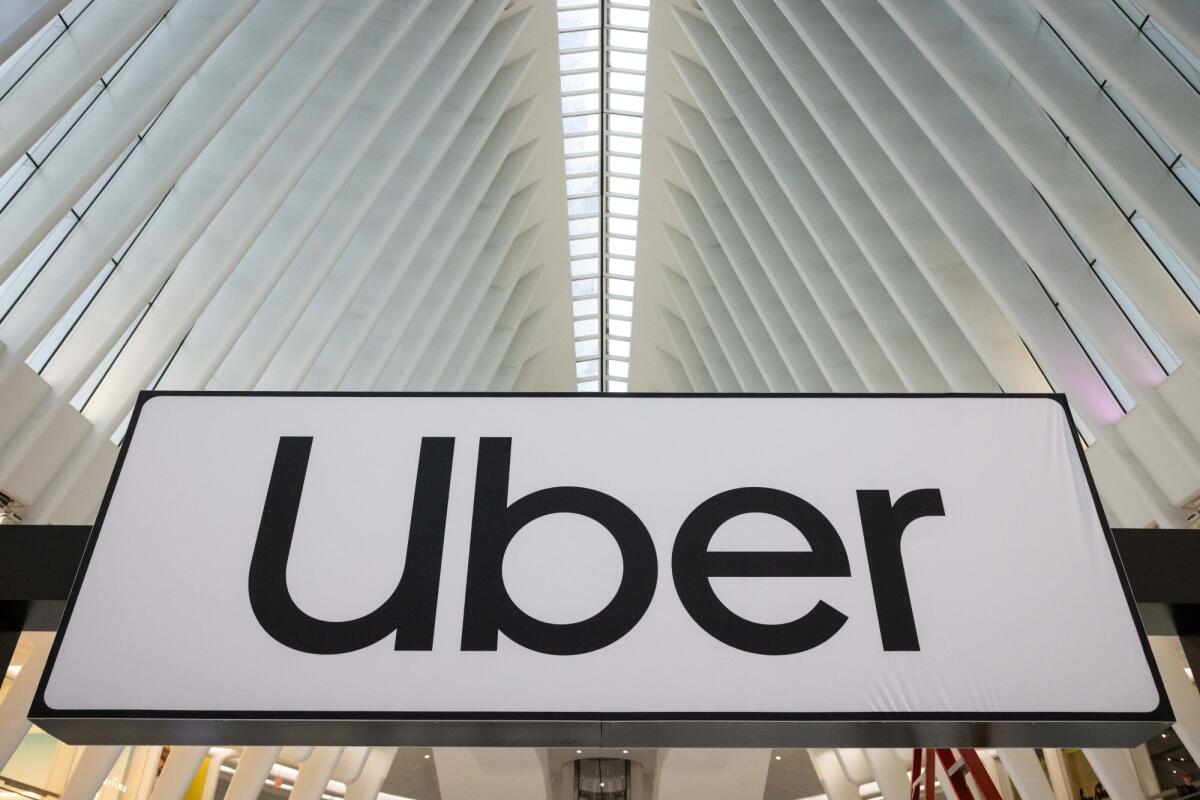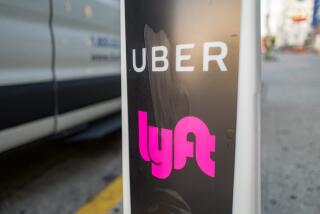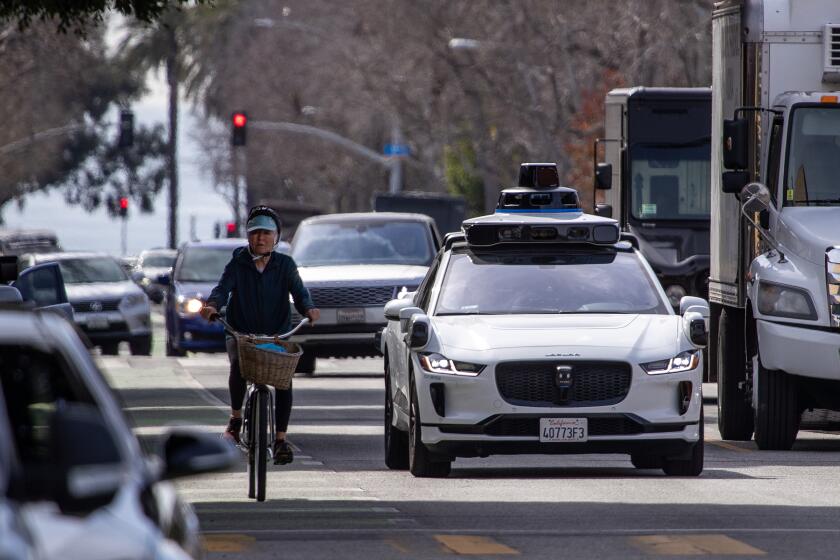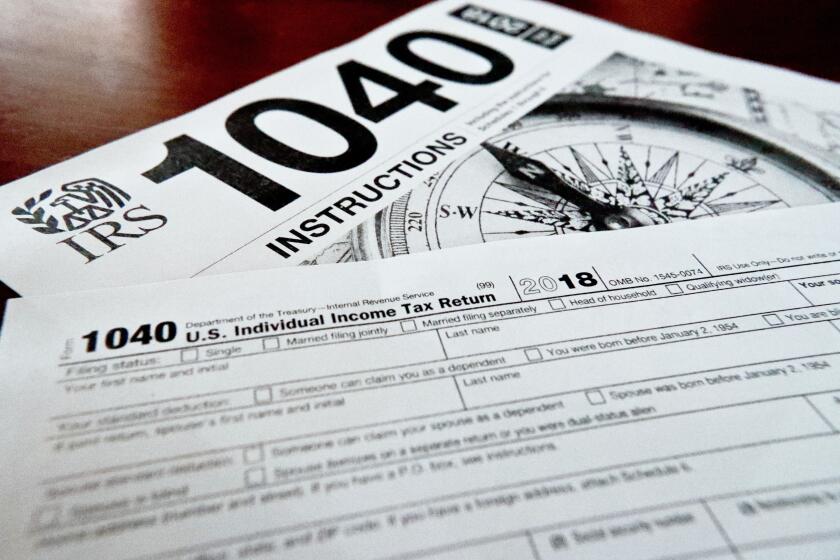Uber drivers are now more concerned about charging than EV cost

- Share via
When it comes to convincing millions of drivers to get behind the wheel of electric vehicles, Uber Technologies Inc. has good news and bad news.
First, the positive: Prices are coming down to levels at which EV cost is no longer the top issue preventing drivers in the U.S. and UK from going electric. This is a first in the four years Uber has been surveying drivers.
The challenge will be tackling the new No. 1 concern — charging difficulties — especially for a company that depends on drivers who typically lack access to home charging. Just over a third of Uber’s current EV drivers in the U.S. have a dedicated home charger. The share is even lower in Europe, at 27% in the UK and 13% in the Netherlands.
Uber does have an ace up its sleeve in mitigating this issue. Last year, the company hired Rebecca Tinucci, the former head of charging infrastructure at Tesla Inc., to oversee its electrification efforts. Nine months into the job, she’s brokered a partnership the company expects will improve charging access for 55,000 drivers in London, Boston and Phoenix, and is rolling out a tool to help 40 cities decide on where to locate their next public plugs.
“We’ve got to get to work,” Tinucci said in an interview. “As comfortable as I am in the charging space, I fully recognize how difficult it is to do charging well.”
Uber is partnering with London, Boston and Phoenix as part of C40 Cities, a group affiliated with Michael Bloomberg, the founder and majority owner of Bloomberg News parent Bloomberg LP.
In addition to contributing technical support, research and policy advocacy to those three cities, the company is launching what it calls an Electric Vehicle Infrastructure Estimator tool that will project future demand for EV charging from Uber drivers. The company is rolling out the service to cities covering almost 60% of EV drivers on the Uber platform.
The tool is more than just in Uber’s self-interest.
The name of the game for charging-station operators is driving high utilization. Drivers doing pickups and drop-offs around the clock are just the sort of customer operators are looking for.
“There’s an incredible base of demand there that we at Uber should be able to rally in support of developing more infrastructure,” Tinucci said.
Uber already has seen this play out.
Three years ago, the company invested $6.73 million toward installing 700 EV chargers across north and east London. Its chargers in the borough of Newham are being used at more than twice the national average rate.
“The challenge at Tesla was kind of single-focused around Tesla vehicles,” Tinucci said of her previous role. “What brought me to Uber was the potential for impact. We have the largest EV fleet in the world, and we’re just getting started.”
Trudell and Lung write for Bloomberg.
More to Read
Inside the business of entertainment
The Wide Shot brings you news, analysis and insights on everything from streaming wars to production — and what it all means for the future.
You may occasionally receive promotional content from the Los Angeles Times.









